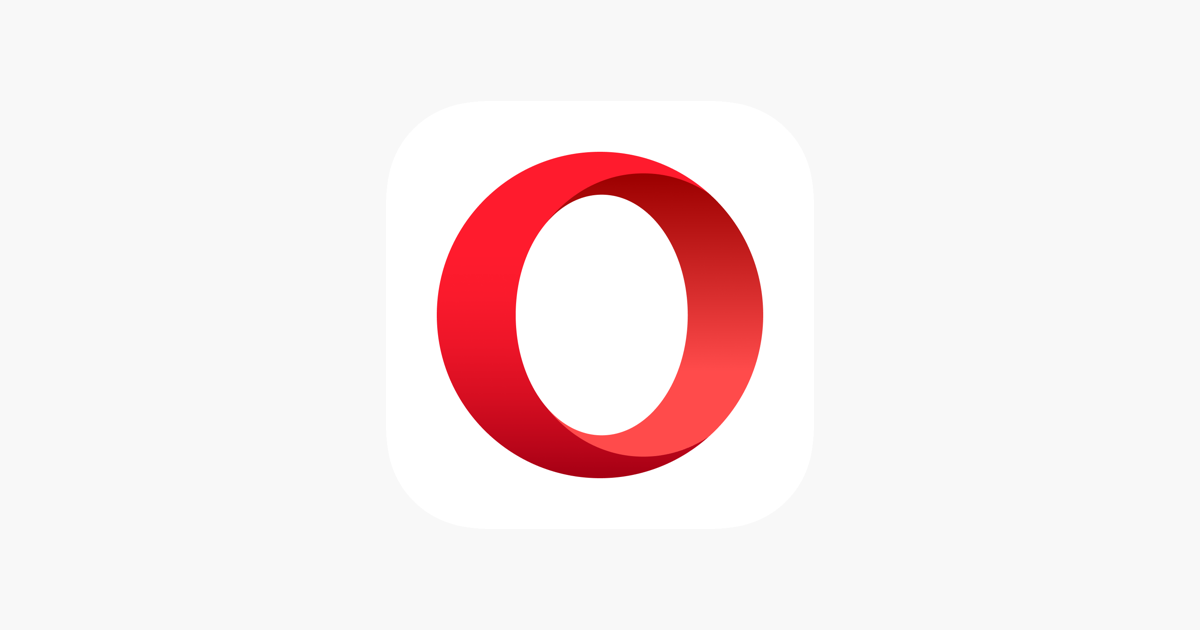What is Opera?

Opera is a fast and secure web browser developed by the Norwegian company Opera Software. Known for its speed, security, and user-friendly features, Opera stands out with functions like tabbed browsing, speed dial, mouse gestures, and customizable tabs. It is available in various versions for both desktop and mobile devices.
History of the Opera Web Browser
Opera started as a project initiated by Telenor in 1994 and became an independent browser when Opera Software was founded in 1995. The browser was first publicly released in 1996 and initially only worked on the Microsoft Windows operating system. The 4.0 version, developed in 2000, was the first to run on multiple operating systems. In 2005, an ad-supported free version was introduced, reaching a wider audience. With the release of version 9.1, security features such as fraud protection and PhishTank were added.
Key Features of Opera
Opera offers numerous user-friendly features:
- Tabbed Browsing: Allows users to open multiple pages in a single window.
- Speed Dial: Users can add their favorite websites to the homepage for quick access.
- Security: Detects unsafe websites and phishing attacks.
- Customizability: Users can navigate using mouse gestures and view previews of tabs.
- RSS and Atom Support: Makes it easy to follow updates from favorite websites.
- Opera Mail: Offers an integrated email application.
- File Downloading: Features the ability to pause and resume downloads.
- Privacy: Allows users to clear cookies, history, and other data with a single click.
Opera’s Mobile Versions
In addition to its desktop version, Opera offers two mobile versions: Opera Mobile and Opera Mini. The browser also has versions for platforms like Nintendo DS and Wii and can even be used on televisions and DVD players.
In conclusion, Opera is a browser of choice for both desktop and mobile devices, thanks to its user-friendly features, focus on speed and security, and its adaptability across multiple platforms.
 Türkçe
Türkçe English
English